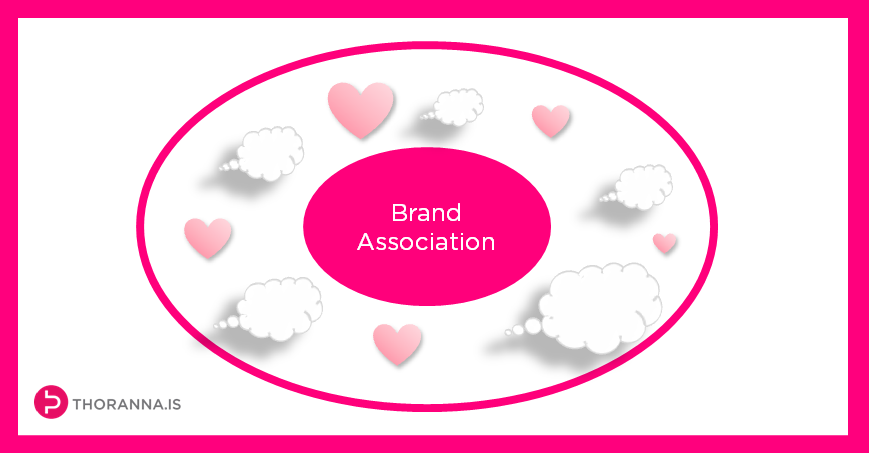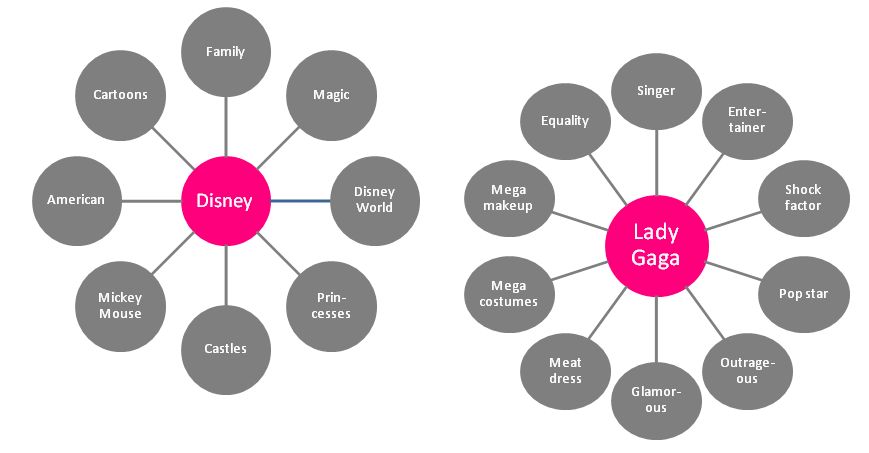In a previous post we discussed how people need to be able to put us in a box, or in a drawer if you will. They need to easily, in a split-second, know what we are in order for it to register with them and have a chance of being stored in memory. However, that is not enough.
Those who have read my book, Marketing Untangled, are familiar with the marketing process. The marketing process tells us that in order for people to buy from us, they not only need to be aware of us but they need to be interested, to like us and trust us. In order to do that, our brand needs to have a variety of positive mental and emotional associations. Only then does it stand a chance of building a deeper connection with people resulting in loyal customers.
Creating an Interesting Mental Picture
Just think about the rich imagery, the feelings evoked and things that come to mind when we think of some of the world’s best know brands. Here are some well-known examples and only a few of the things that come to mind when they are mentioned:
Disney’s world is ingrained in all of us, we simply cannot escape thinking of things and feeling things when that word is mentioned. Love or hate Lady Gaga, she cannot be accused of being boring and a lot of things come to mind – that meat dress for example being an image that is hard to shake off.
These kinds of associations make these brands interesting, likeable and trustworthy enough to some people that they want to buy from them. (“Some people” – not all people but the brand’s target groups). Brand associations can come from all over the place, and when going through the branding process there are various exercise to help uncover the brand associations you could and should be building for your business. Whatever they are, you must always be aware of them, and make sure the brand associations being created in people’s minds are the ones that we want, and that will lead to business.
Where Do These Associations Come From?
Examples of where brand associations can come from are the qualities of the product or service. For example, is it simple or sophisticated, cheap and cheerful or premium? Is the brand associated with a location, such as being American or French or from a certain town or region? Imagery can create rich brand associations, just think of all the images that come to mind when you think about brands like Disney, Apple or Coca-Cola. There can be symbols, not just logos but symbols like people (Steve Jobs, Richard Branson), things like the Coke bottle, Trump Tower or Mickey Mouse ears. There can be associations with a time of year, or an occasion. Is it for summer, winter, a certain holiday? What kind of people do we think use the brand? This can greatly affect whether we want to be part of that group of people by using the brand. There is brand personality: If you think of the brand as a person, what kind of person would it be. What is people’s relationship with the brand like? Does it have the feel of a respected leader or a trusted friend?
We could go on and on. There are so many things you can explore to uncover the elements you want in your brand and there are some very fun exercises. A widely used one is the “if my brand was a…” where you find things that you feel convey the experience you want people to have of your brand. These can be things like what type of car or animal, what kind of drink or movie. All these things can help give those involved in building the brand a feel of how we want others to experience the brand and can also uncover things that you want as part of your brand that you may not have realised otherwise.
We need to be conscious of the brand associations we build, because they have a tremendous effect on whether people will notice it, like it, trust it and ultimately buy from us. What do you want people to think and feel when they see your business, product or service?

